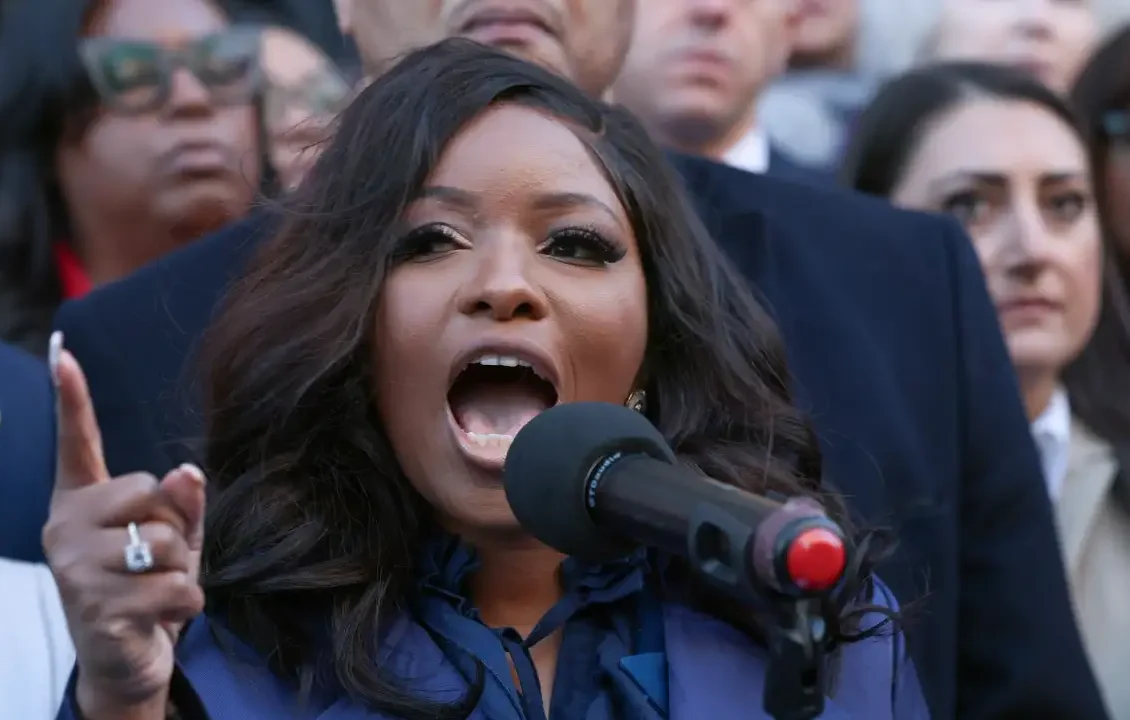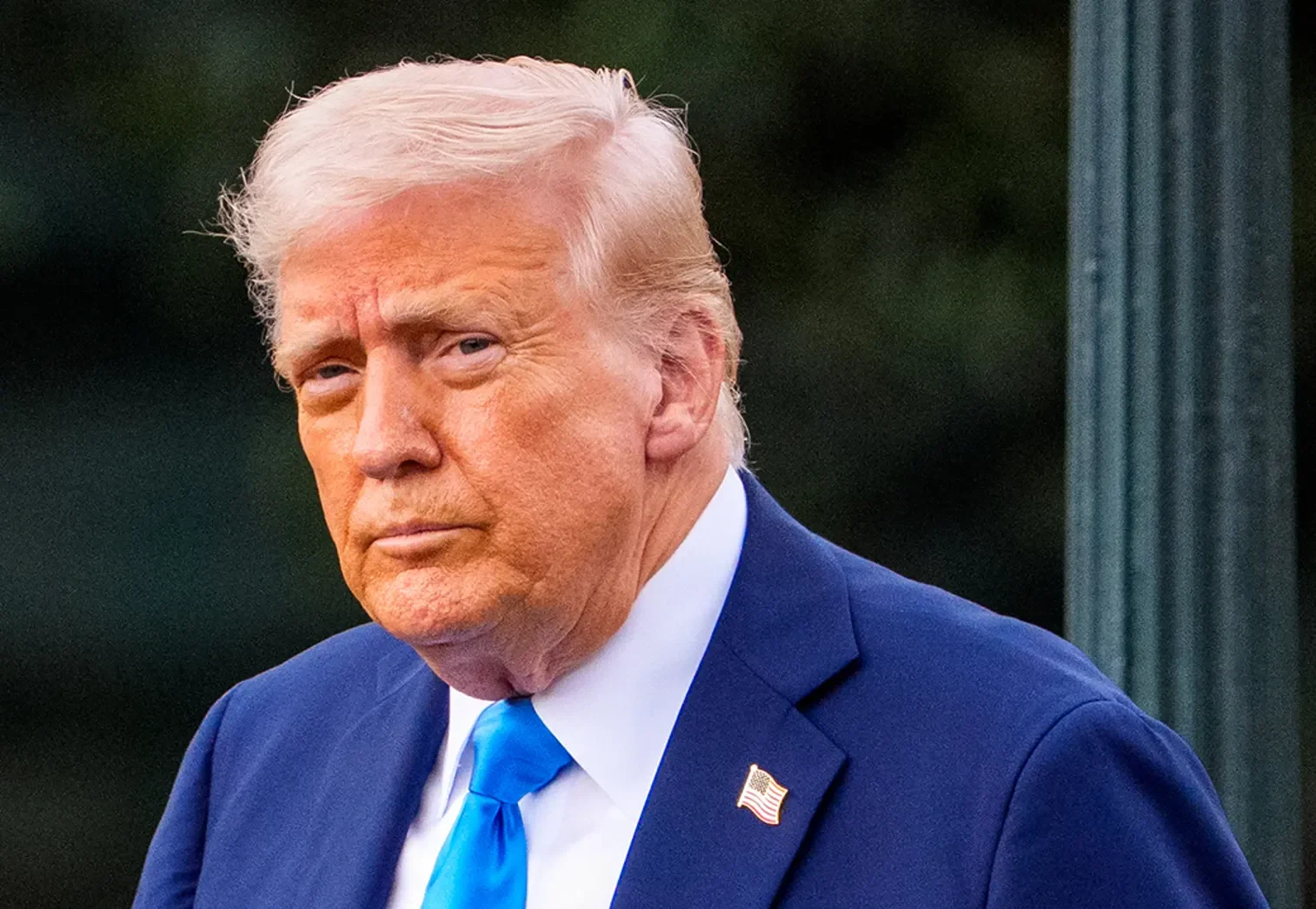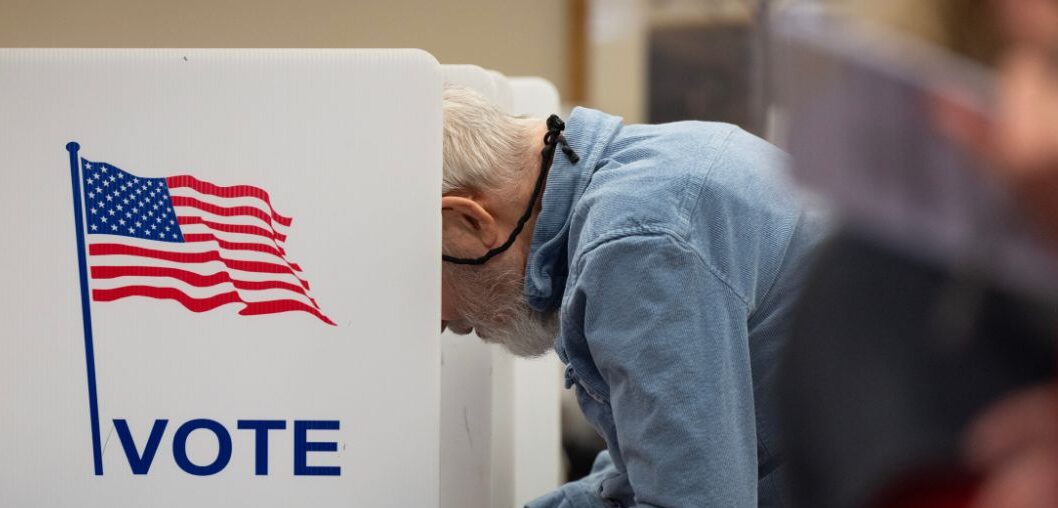Both NASA and Boeing are on edge; two astronauts are currently marooned on the International Space Station (ISS) with no set date for their return to Earth. This unexpected delay stems from a series of mechanical issues plaguing Boeing’s Starliner spacecraft, a critical component of NASA’s Commercial Crew Program.
Starliner took off on June 5 from the Cape Canaveral Space Force Station, carrying flight commander Barry “Butch” Wilmore and flight pilot Sunita “Suni” Williams. The spacecraft docked at the ISS a day later, marking a significant milestone in testing Boeing’s capabilities for routine missions to the ISS.
Except now that “milestone” has gone up in smoke.
Originally slated to return on June 14, the mission’s schedule has faced multiple setbacks, leaving Wilmore and Williams without a definitive return date. NASA and Boeing are taking a cautious approach, prioritizing data analysis over hasty decisions. “We are taking our time and following our standard mission management team process,” said Steve Stich, manager of NASA’s Commercial Crew Program. We are letting the data drive our decision-making relative to managing the small helium system leaks and thruster performance we observed during rendezvous and docking.”
Despite the delays, the astronauts are not in immediate danger. The ISS is well-stocked with supplies, and its schedule remains flexible until mid-August. Wilmore and Williams have integrated seamlessly with the Expedition 71 crew, contributing to station operations and aiding NASA’s evaluation of the Starliner for future missions. Their feedback has been invaluable, with Mark Nappi, vice president and program manager of Boeing’s Starliner program, noting, “The crew’s feedback has been overwhelmingly positive, and they know that every bit of learning we do on the Crew Flight Test will improve and sharpen our experience for future crews.”
The Starliner’s troubles began even before its launch. The flight test, initially planned for May 6, was delayed due to an oxygen valve issue on a United Launch Alliance (ULA) rocket. A rescheduled launch on May 25 was again postponed after a small helium leak was discovered in the service module, which houses essential support systems for the spacecraft. These issues, combined with a thruster problem, almost jeopardized Starliner’s docking with the ISS. Five days post-docking, NASA and Boeing identified five minor helium leaks but assured that there was sufficient helium for the return mission.
Meanwhile, Elon Musk’s SpaceX company successfully tandem landed two of their Falcon rockets.
— Elon Musk (@elonmusk) June 26, 2024




